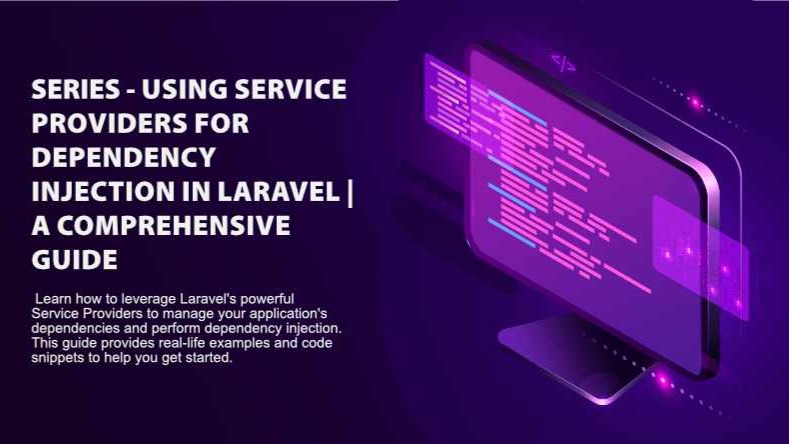In software development, it's essential to think differently and strive for insanely great solutions. Laravel, a powerful PHP framework, offers a fantastic way to achieve this through Service Providers. In this blog post, we'll explore how to use Service Providers in Laravel to create and manage packages, complete with real-life examples and code snippets.
What are Service Providers in Laravel?
As we have already seen in the previous chapters, Service Providers are the backbone of Laravel's architecture, responsible for bootstrapping and configuring the various components that make up your application. They bridge your package and the Laravel framework, allowing you to register services, bind classes, and even listen to events.
Why Use Service Providers for Package Development?
Service Providers offer a clean, organized way to manage your package's dependencies and services. By leveraging Laravel's Service Providers, you can ensure that your package is easily maintainable, scalable, and adheres to the best practices of the Laravel ecosystem.
Creating a Service Provider for Your Package
To create a Service Provider for your package, follow these simple steps: Generate a new Service Provider using the make:provider Artisan command:
php artisan make:provider YourPackageNameServiceProviderRegister your Service Provider in the config/app.php file:
'providers' => [
// ...
App\Providers\YourPackageNameServiceProvider::class,
],Implement the register and boot methods in your Service Provider:
namespace App\Providers;
use Illuminate\Support\ServiceProvider;
class YourPackageNameServiceProvider extends ServiceProvider
{
public function register()
{
// Register your package's services and bindings here
}
public function boot()
{
// Perform any bootstrapping tasks for your package here
}
}Real-Life Example: Creating a Payment Gateway Package
Imagine you're building a payment gateway package for Laravel applications. You'll need to create a Service Provider to manage the package's dependencies and services.
Generate a new Service Provider:
php artisan make:provider PaymentGatewayServiceProviderRegister the Service Provider in config/app.php:
'providers' => [
// ...
App\Providers\PaymentGatewayServiceProvider::class,
],Implement the register and boot methods:
namespace App\Providers;
use Illuminate\Support\ServiceProvider;
use App\Services\PaymentGateway;
class PaymentGatewayServiceProvider extends ServiceProvider
{
public function register()
{
$this->app->singleton(PaymentGateway::class, function ($app) {
return new PaymentGateway(config('services.payment_gateway'));
});
}
public function boot()
{
$this->publishes([
__DIR__.'/../config/payment_gateway.php' => config_path('payment_gateway.php'),
], 'config');
}
}In this example, we've registered the PaymentGateway service as a singleton and published the package's configuration file.
Conclusion
By harnessing the power of Laravel's Service Providers, you can create and manage packages that are not only insanely great but also adhere to the best practices of the Laravel ecosystem. With real-life examples and code snippets, you can elevate your skills and build world-changing applications, just like we did at Apple. Remember, always think differently and strive for innovation.

